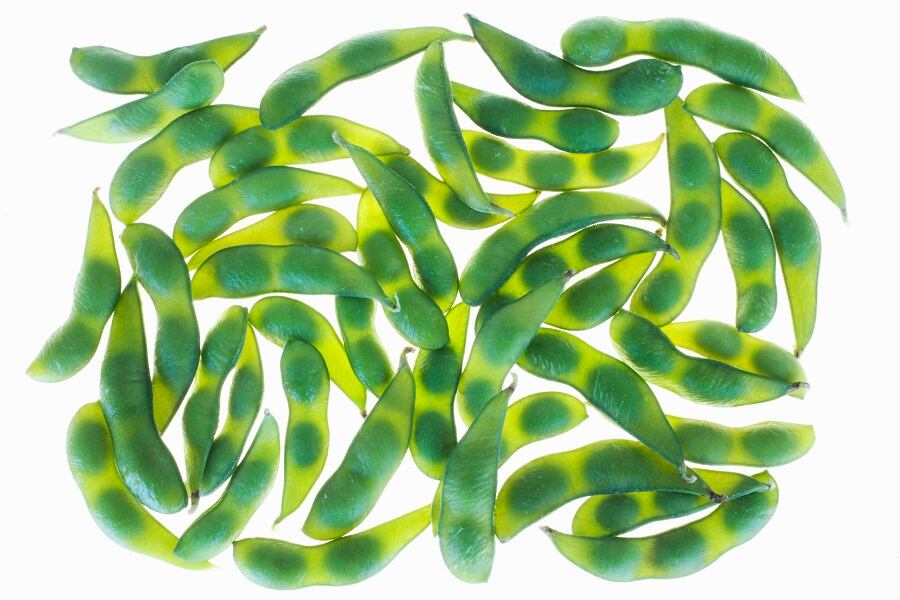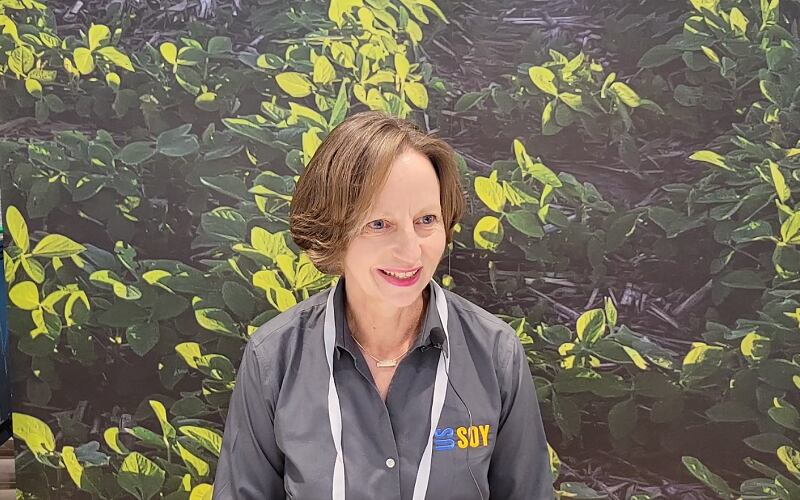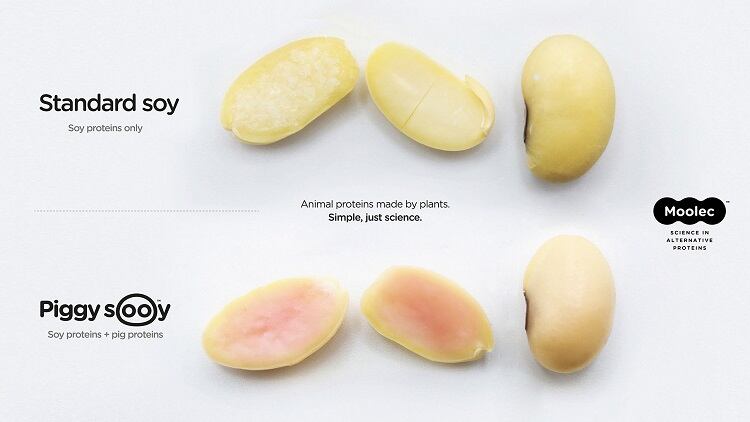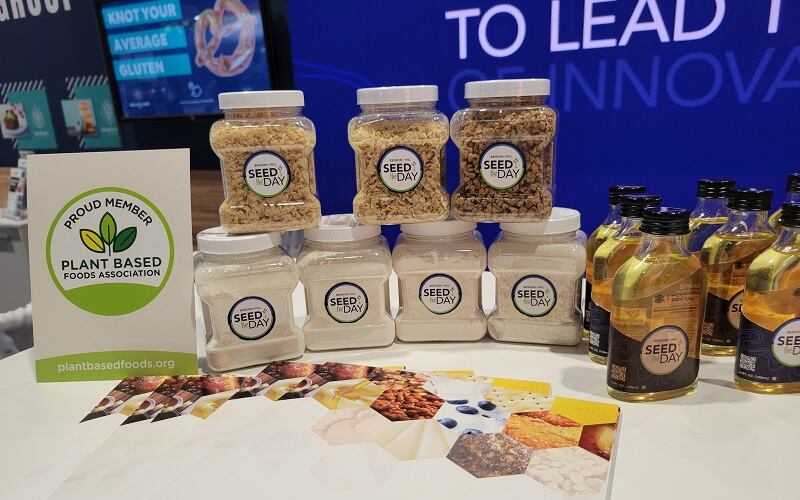According to the United Soybean Board’s 2020 “Food Industry Insights Consumer Study,” 70% of consumers reported that “it’s important to eat foods produced using methods and practices that contribute to the long-term health of the environment.” Likewise, a growing number of Millennial and Gen Z consumers believe that food science and technology, like precision fermentation, can help find sustainable solutions in the food system.
“It’s now this focus on what's it going to do for me and what's it going to do for the planet,” Smith added.
As digital natives, younger generations understand new technologies allow them to connect with others, have more social and political awareness, and awareness of how these topics impact the world—especially the relationship between food and the planet.
Describing these consumers, Smith said, “they're looking at labels, they're looking at the nutritional profile…and they're looking at it through that personalized need of ‘What is this going to do for me?’ So getting a nation that’s snacking better means that we have a little bit of a positive momentum towards the better health of our nation.”
From a food science perspective, soy’s versatility across food and beverage applications is well known—it can be grilled, baked, fried and microwaved—all the while retaining flavor and moisture, Smith explains.
One of the common technical challenges when formulating with plant-proteins is masking or lifting bitter notes that can interfere with the final taste and texture. With soy, Smith explained, “it takes on the flavor whatever it’s with…and it becomes to a large degree a flavor lifter…[rather than] overshadowing.”
‘The very things that had been criticized about…soy are the very things enabling [its] ability to grow’
Soy’s criticism over the last several decades on health, particularly as a potential endocrine disruptor leading to breast cancer, are a point of controversy. Soybeans are a source of naturally occurring isoflavones, or plant estrogens, which are metabolized differently in humans (compared to rodent studies).
Of these misconceptions, the American Cancer Society and American Institute for Cancer Research concluded that soy does not increase the risk of breast cancer.
Along with corn, wheat, cotton and rice, soy is one of the five subsidized crops (and second largest after corn) in the U.S., raising criticism on the lack of more nutrient-dense subsidized crops. One main factor is the soybean plant’s ability to withstand drought conditions and its low requirement for pesticides. “For farmers, crops that are given guaranteed protection from both losses and price drops are lower-risk propositions,” Tamar Haspel wrote in her 2014 Washington Post story.
Between 2010-2019, there were “significantly more [soybean] acres planted than are available for subsidy,” according to the Environmental Working Group/USDA average annual federal farm subsidies, highlighting its overabundance and raising questions about developing healthy soil practices.
The United Soybean Board maintains that by 2025 land use impact will be reduced by 10% (measured as acres per bushel), along with reducing soil erosion by 25% and reduce total GHG emissions by 10% through soil tilling, nutrient and water management, crop rotation and planting cover crops.
“As food science comes into play, and as that generational focus on being a climatarian, we see that science [playing a role] because the very things that had been criticized about GMO and soy are the very things enabling [its] ability to grow,” Smith said.




